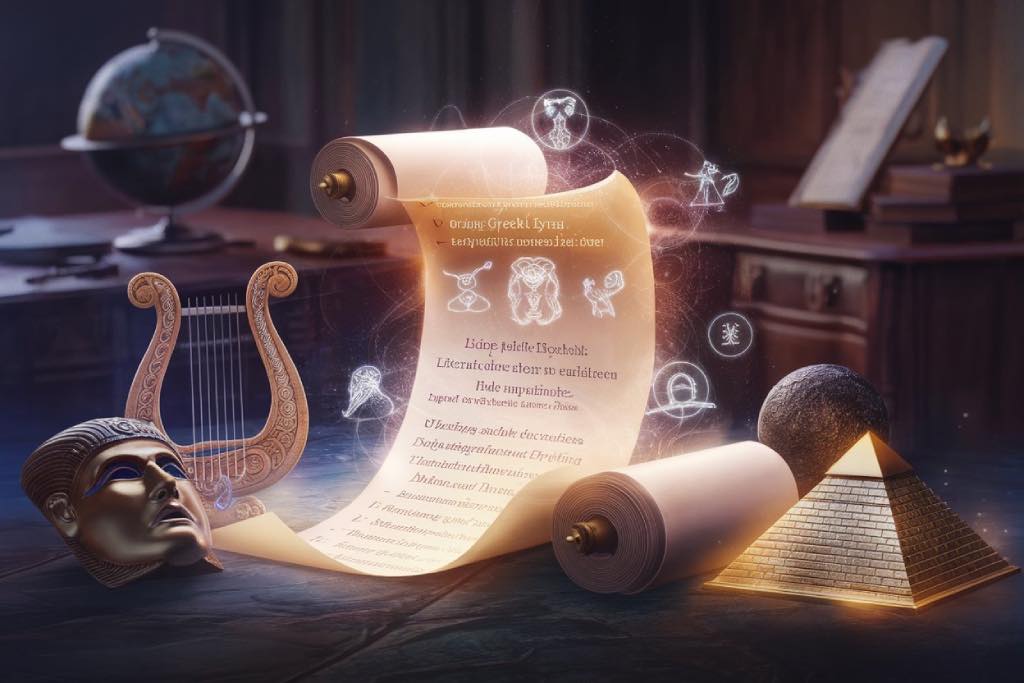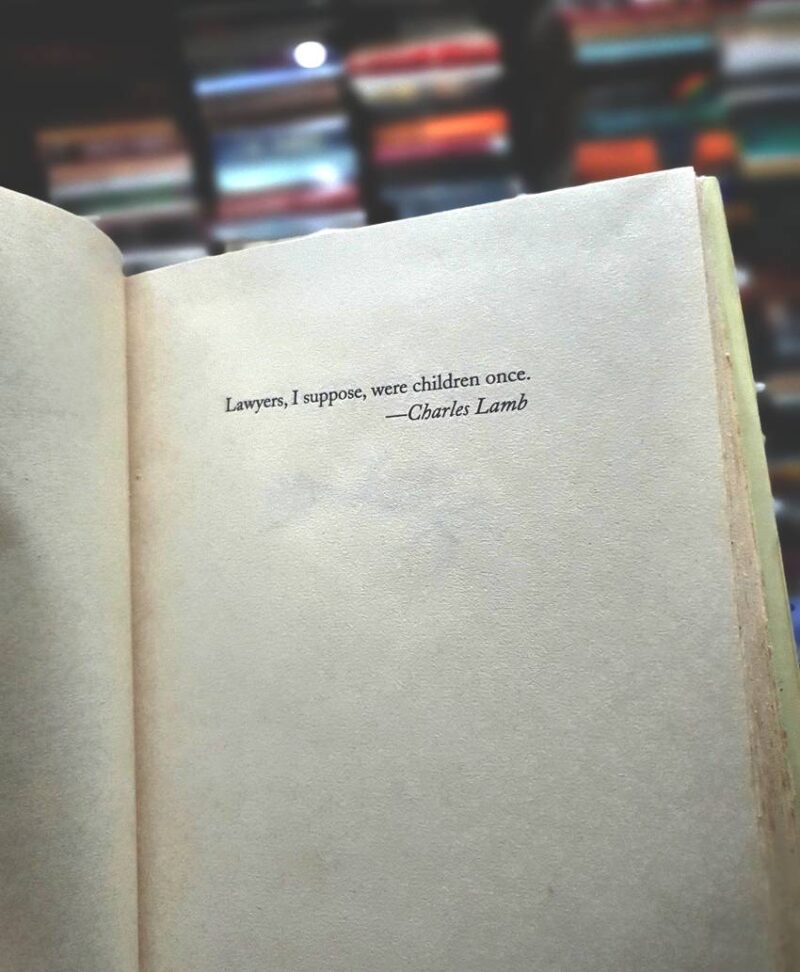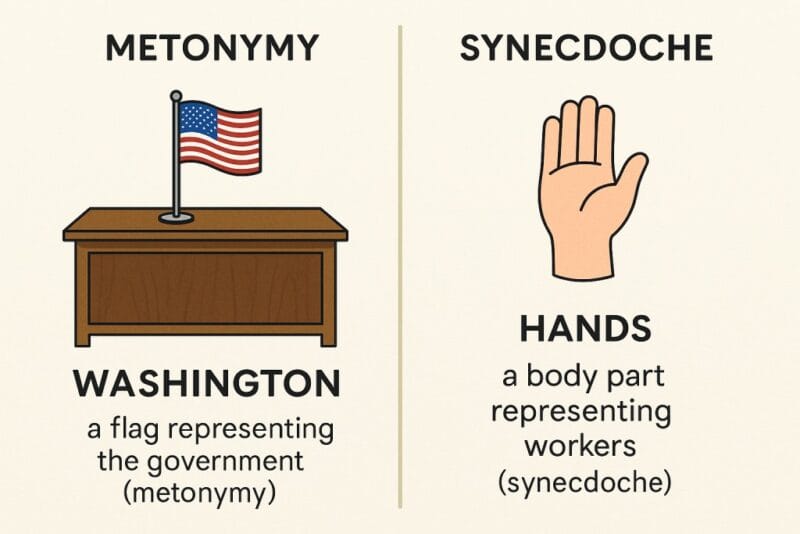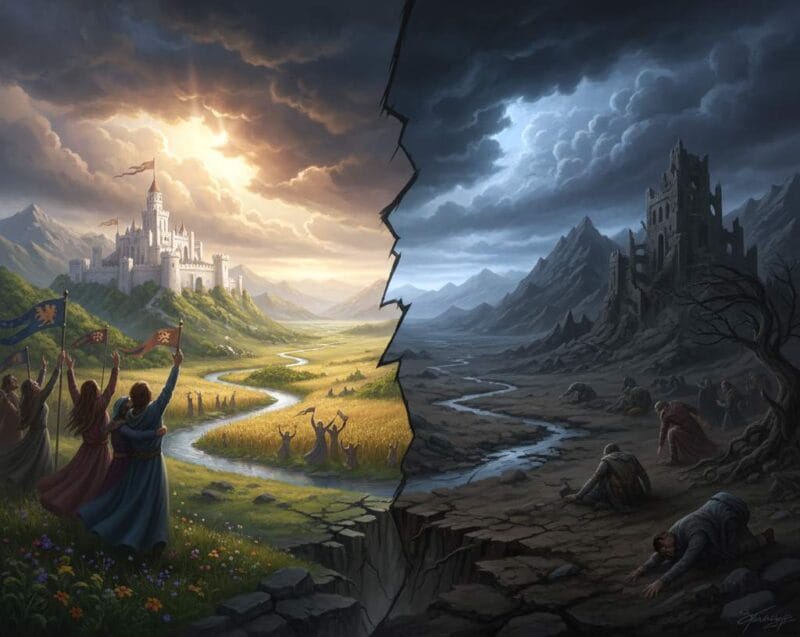In literature, allusions are subtle references embedded within a text, encouraging connections that extend beyond the surface narrative. While they are not overtly explained, these references rely on the reader’s ability to recognize and interpret them. By doing so, allusions deepen the meaning of a text and expand its context, offering a richer understanding of the story.
The power of an allusion lies in its ability to evoke a greater significance without the need for direct explanation. It functions as an intellectual invitation, encouraging engagement with the text on a more sophisticated level. Recognizing allusions helps connect the narrative to broader cultural, historical, or philosophical ideas, transforming reading into a richer and more dynamic journey.
In this way, allusions enrich literature by fostering a dialogue between the text and the reader, extending the narrative’s reach beyond its immediate content. They are not just decorative elements; rather, they serve as bridges to a wider world of ideas and interpretations, offering new layers of meaning for those who take the time to uncover them.
Defining Allusion: Recognizing the Clues
Allusion as a literary device connects a text to something outside its immediate narrative, such as a historical event, a famous figure, or another work of art. For example, when an author describes a “Herculean task,” they evoke the myth of Hercules and his legendary feats of strength, offering a concise way to convey the difficulty of the task without lengthy elaboration. However, the effectiveness of allusions depends on the reader’s familiarity with the referenced material. If the reference is missed, the intended meaning can be lost.Recognizing allusions requires a combination of intuition and background knowledge. A phrase, name, or image may serve as a clue pointing toward something deeper within the text. Context is crucial—understanding the author’s cultural background, the time period in which the work was written, and the themes of the piece can all help illuminate these hidden references. For example, a reader familiar with Greek mythology will immediately associate a “Herculean task” with the demigod’s strength, while a reader less acquainted with such stories might miss the reference entirely.
The ability to identify and understand allusions is shaped by a reader’s cultural literacy and prior knowledge. While some references may resonate strongly with one reader, they may not have the same impact on another, depending on their individual educational and cultural context. Thus, allusions serve not only to enrich the narrative but also to encourage deeper engagement with the text, depending on the reader’s capacity to recognize and interpret these subtle connections.
Examples of Allusions in Literature
Allusions abound in both classic and contemporary literature. Recognizing these allusions enhances our appreciation of the work and offers insight into how the author connects their story to the broader human experience.
Classic Literature Examples
In classical literature, allusions often draw from familiar sources like the Bible or Greek mythology to deepen meaning. T.S. Eliot’s The Waste Land (1922) is rich with such references, including the Fisher King and Shakespeare’s The Tempest, which enhance the poem’s themes of decay and renewal. In Hamlet, Shakespeare alludes to Julius Caesar’s assassination to reflect Hamlet’s internal conflict while also commenting on the cyclical nature of power and betrayal. John Milton’s Paradise Lost (1667) is filled with biblical allusions, particularly to Genesis, which help shape the poem’s exploration of sin, redemption, and the human condition.
Allusions also serve as a form of social commentary in classic literature, allowing authors to critique cultural values indirectly. In Gulliver’s Travels (1726), Jonathan Swift references political figures and events to subtly criticize the absurdities of his time, engaging readers in a conversation about power and corruption without direct confrontation. These allusions help create a shared cultural understanding between the author and reader, establishing a deeper connection to the text.
By using allusions, writers create a bridge between their works and the broader cultural and historical contexts. These references, whether from mythology, religion, or politics, enrich the narrative and encourage readers to engage with the text in a more nuanced way. Allusions enable authors to convey complex ideas and critiques in a way that resonates with readers familiar with the references, fostering a deeper, more meaningful interaction with the work.
Modern Literature Examples
Modern authors frequently use allusions to connect their works to historical events, religious texts, and social issues. For example, Margaret Atwood’s The Handmaid’s Tale (1985) alludes to the Salem witch trials, the Bible, and 20th-century totalitarian regimes, which enrich the dystopian world she creates. These references not only ground the novel in real-world history but also deepen its critique of authoritarianism, religious extremism, and gender oppression.
George Orwell’s 1984 (1949) alludes to historical totalitarian regimes, strengthening its commentary on surveillance and authoritarianism. These allusions highlight the enduring relevance of these themes, giving the work lasting significance. Similarly, J.K. Rowling’s Harry Potter series incorporates mythological and historical references that enrich the magical world, subtly deepening the narrative’s emotional and thematic weight.
Another notable example is the use of allusions in Toni Morrison’s Beloved (1987), which draws from historical events such as slavery and the Civil War, as well as African American folklore. These references anchor the novel in the painful history of slavery while simultaneously weaving in supernatural elements, underscoring the trauma and legacy of the past. By incorporating these allusions, Morrison not only highlights the persistent scars of history but also invites deeper reflection on the enduring impacts of oppression, identity, and memory.
In modern poetry, allusions are still essential, but the sources can be more eclectic. Modern poets reference popular culture, historical events, or well-known figures to access their audience. In her poem “The Glass Essay” (1995), Anne Carson calls on the spirit of Emily Brontë. She deftly compares her own life with Brontë’s profound themes of solitude and passion. This approach enables Carson to tell an individual story that taps into shared cultural knowledge, thereby enriching the reader’s experience.
Additionally, poets such as Langston Hughes have employed allusion to underscore social and political themes. In “Harlem” (1951), Hughes writes about the deferred dreams of African Americans, which is tied to the broader theme of racial injustice. Hughes places weight behind his words via mighty allusions. He asks readers to think about their own experiences and those of society at large.
Cultural Relevance of Allusions
Allusions draw on shared cultural references, enriching communication and deepening meaning. Authors use this device to connect to familiar sources, such as Shakespeare or Greek mythology, assuming that readers recognize these references. This shared knowledge enhances the text, making it resonate with universal themes. However, not all readers may pick up on these allusions, especially if they lack exposure to the referenced material. This cultural specificity can make allusions both unifying and exclusive, highlighting the importance of context in understanding them.
Influence on Language
Allusions condense complex ideas into compact, meaningful expressions, making communication more nuanced. For instance, saying “a Herculean task” immediately conveys a challenge, rooted in the myth of Hercules. While some allusions fade from common usage over time, others endure and shape cultural discourse. References like Orwell’s 1984 critique contemporary issues like surveillance without needing elaborate explanations, showcasing how allusions offer depth and insight while challenging cultural conventions.
Role in Cultural Identity
Allusions forge connections between writers and readers by tapping into shared experiences, often strengthening cultural identity. A reference to “the boy who lived” instantly evokes the Harry Potter series, creating an immediate bond among fans. While they enrich narratives, however, allusions can also expose cultural divides since they depend on a reader’s background and exposure to certain texts, particularly when rooted in Western literature. Despite this, allusions transform ordinary stories into multi-dimensional works, offering layers of interpretation for those attuned to the references.
Further Reading
How to understand obscure references in literature: your ultimate guide to allusion by hyperbolit.com
DAVID MURDOCK COLUMN: Having fun with literary allusion by The Gadsden Times
Why do authors use allusions? on Quora
Why do writers, particularly poets, use so many allusions? on Reddit




